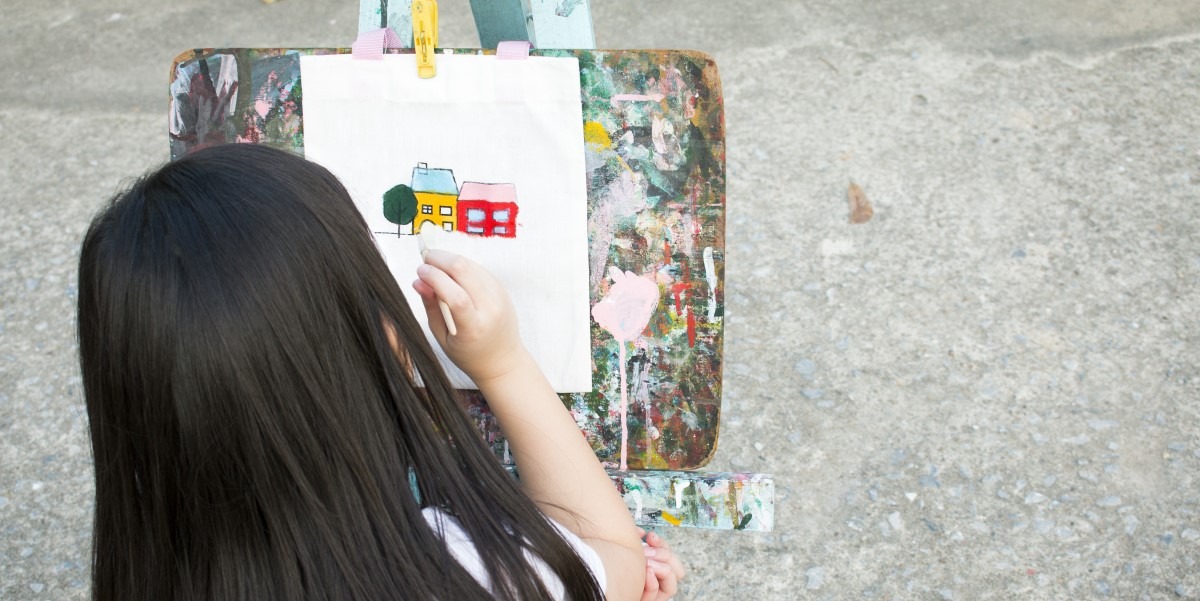Every child (and adult!) should be encouraged to pursue artistic endeavors. From finger painting and coloring to shaping dragons and unicorns from modeling clay, these activities help children explore, express themselves, develop motor skills, build neural connections, develop critical thinking skills, and get their creative juices flowing. This is why fine arts in school is so critical. But what if a child shows exceptional ability in – or love of – art? How do you encourage them?
Reaching the Artistic Child
Children gifted in the arts often show the following “signs”:
- A lot of imagination and inventiveness! They have lots of ideas and can’t wait to put them into action.
- They may be sensitive in terms of movement, rhythm, space, color, and/or design.
- They identify strongly with their preferred medium. They live to paint/sing/perform.
- The artistic child usually starts very young (e.g., drawing before age two).
- High IQ is often associated with artistic achievement.
- They just get to work! They engage in their preferred artistic pursuit without prompting.
To nurture their passion, parents and schools can:
- Allow them to experiment. Why make them “color inside the lines,” so to speak?
- Provide access to a range of materials so they can explore.
- Expose them to great arts in a variety of disciplines (music, theater, dance, painting, sculpting, etc.).
- Emphasize the creative process, not the end-result.
- Display their work – and not just the “best” artists. All children should be recognized.
- Teach respect for the work of others.
- Don’t over-teach. That is, for young artists, don’t correct proportions or perspective. It’s essential that they express themselves at this point and the best step is to foster their love of art.
- Don’t make art a competition. “Best” is in the eye of the beholder.
- Look into fine arts school classes as well as after-school programs and clubs.
- Choose a school that believes in the value of fine arts exposure and education.
The best way to encourage the artistic child is to let them go! Invest in a drum set for Christmas, cover your kitchen table and get out the paints, buy some Sculpey for jewelry-making, borrow some art books from the library, visit museums… Children often have an innate love of art. They don’t need us to interfere; they need us to provide opportunities for them to create.


